Looking to give your car a sleek and aggressive look? Then you’ve probably considered rolling your fenders. But before you grab your tools, let’s dive into the costs of fender rolling.
From professional services to DIY methods, we’ll uncover the price tags and explore which option suits your budget and needs.
How Much Does It Cost to Roll Fenders?
When it comes to rolling fenders, the cost can vary significantly, ranging from a modest $50 to a higher end of $70 per fender. Ultimately, the price hinges on the level of perfection you desire for the outcome.
If you’re seeking impeccable results, be prepared to invest more than the average rate for a superior fender rolling job. Remember, paying a little extra can make all the difference in achieving the flawless look you envision for your vehicle.
What Are the Different Cost-Related Factors of Fender Rolling?
When considering fender rolling costs, several factors come into play that can influence the overall price. Understanding these factors can help you make an informed decision and budget accordingly.
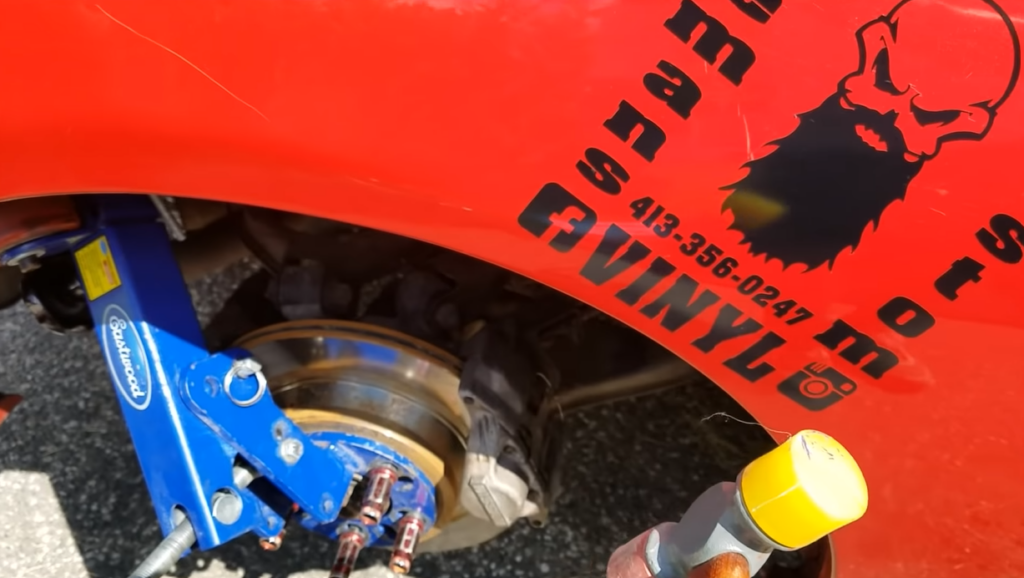
Let’s explore the different cost-related factors associated with fender rolling:
Fender Material
The material of your vehicle’s fenders is another crucial factor. Fenders can be made of metal, plastic, or fiberglass, each requiring different techniques and tools for rolling.
Working with delicate materials like fiberglass might require more expertise and precision, resulting in higher costs compared to working with metal fenders.
Number of Fenders
The number of fenders that need to be rolled also affects the overall cost. Most vehicles have four fenders, but some specialized or modified vehicles may have additional fenders. As you can imagine, the more fenders that need attention, the higher the cost will be.
Severity of Rolling
The severity of the fender rolling required is an essential factor. If your goal is to accommodate wider or larger wheels and tires, extensive rolling may be necessary. This involves flattening and reshaping the fender lips to create the desired clearance.
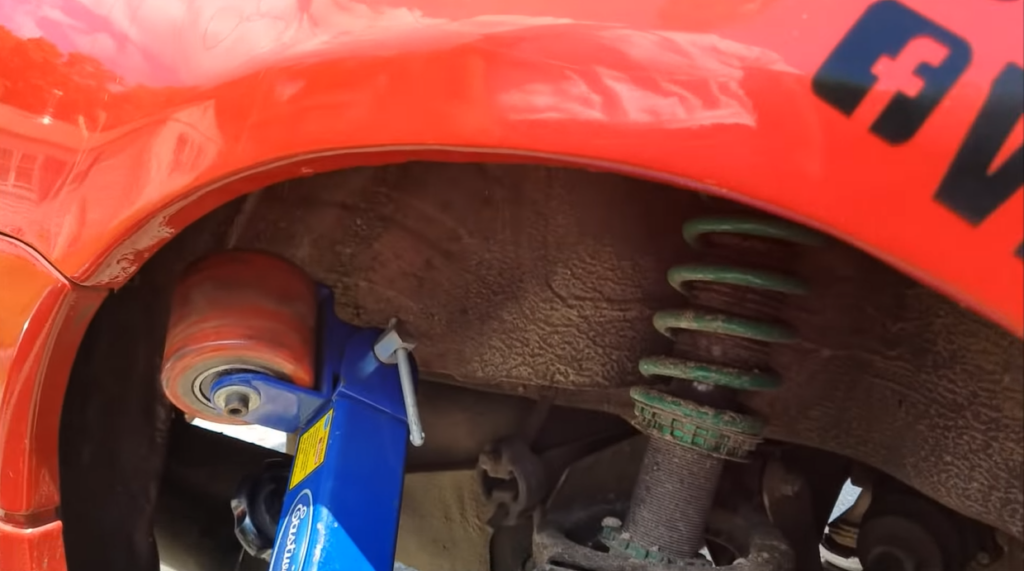
More severe rolling will typically increase the cost as it demands additional time and effort from the professional or requires a higher skill level for DIY enthusiasts.
Additional Services
Sometimes, other services might be required alongside fender rolling, such as paint touch-ups, fender pulling, or repairs. These additional services will contribute to the overall cost. It’s important to communicate your specific needs with the professional to receive an accurate estimate.
Reputation and Skill Level
The reputation and skill level of the professional or the person performing the fender rolling can impact the cost. Highly reputable and experienced technicians may charge higher rates due to their expertise and the quality of their work.
Similarly, DIY enthusiasts with advanced skills might be able to charge more if they offer their services to others.
Time and Labor
Fender rolling is a time-consuming process that requires patience and precision. The cost may reflect the amount of time and labor involved. Professionals may charge an hourly rate or a flat fee per fender, taking into account the effort required to complete the job effectively.
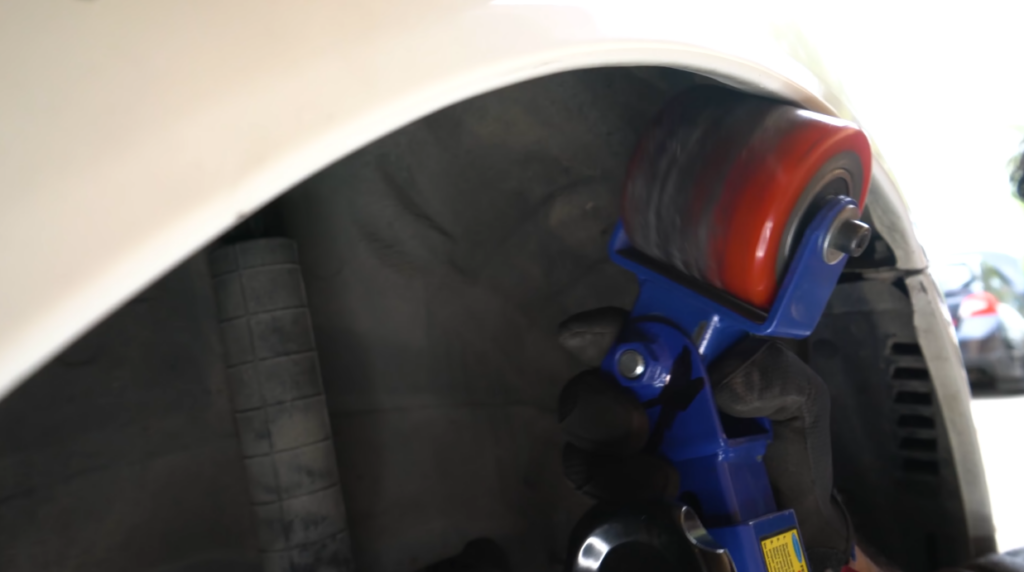
Customization and Specialty Requests
If you have specific customization or special requests, such as unique fender rolling designs or additional modifications, the cost will likely increase. These customized services require extra attention, skill, and potentially more time, contributing to higher overall expenses.
Discounts and Package Deals
Some fender rolling service providers offer discounts or package deals that can help reduce costs. Keep an eye out for promotional offers or inquire about any available discounts that might apply to your specific situation.
Professional Service Versus DIY
One significant factor is whether you opt for professional fender rolling services or decide to tackle the task yourself. Professional services typically charge higher rates due to their expertise, specialized tools, and experience.
DIY methods, on the other hand, can be more cost-effective, but they require you to invest in fender rolling tools and spend time learning the process.
Location
The geographical location can impact the cost of fender rolling. Prices may vary between regions or even cities due to differences in the cost of living, local competition, and demand for such services. Urban areas with a higher cost of living generally tend to have higher fender rolling rates.
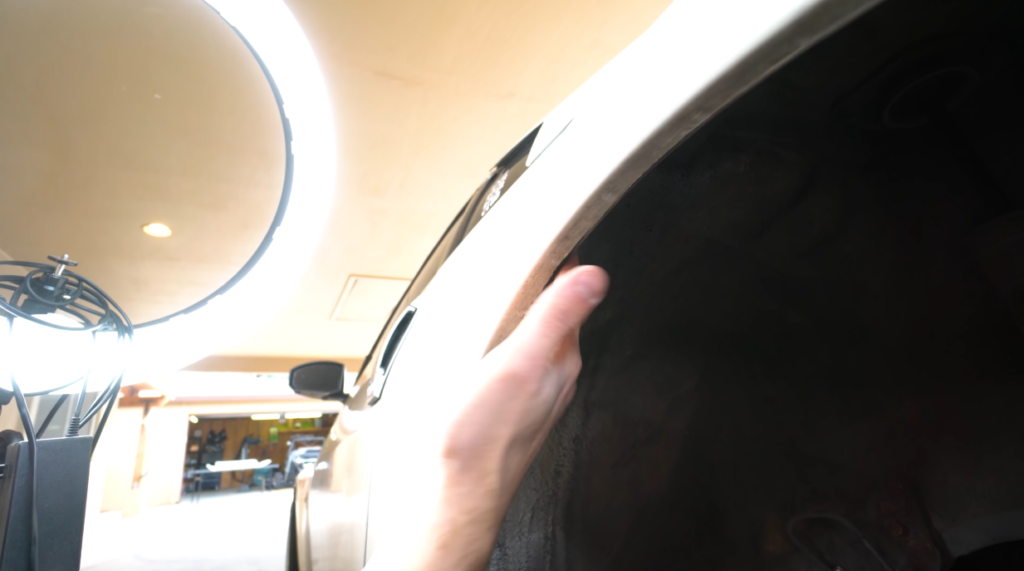
Remember that while cost is an essential factor to consider, it’s equally important to prioritize quality and the expertise of the professional. Cutting corners to save money can result in subpar results or even damage to your vehicle.
Take the time to research and choose a reputable service provider or invest in proper tools and knowledge if you decide to go the DIY route.
What is Fender Rolling?
Fender rolling is a process in which the inner lip of a vehicle’s fenders is reshaped or flattened to create additional clearance between the fender and the tire. It is typically done to accommodate wider or larger wheels and tires, especially in cases where they may rub against the fender during turns or when the suspension is compressed.
By rolling the fenders, the inner lip is pushed upward or outward, increasing the space available for the wheels to move without interference. This modification helps prevent tire rubbing, reduces the risk of damage to the tires or fenders, and allows for more aggressive wheel fitment.
Fender rolling can be performed by professionals or by car enthusiasts using specialized tools and techniques.
Can You Roll the Fender on Your Own?
Yes, it is possible to roll the fenders on your own if you have the necessary tools, skills, and confidence. DIY fender rolling requires a fender rolling tool, a heat source (such as a heat gun [1]), jack stands, and a rubber mallet or a baseball bat.
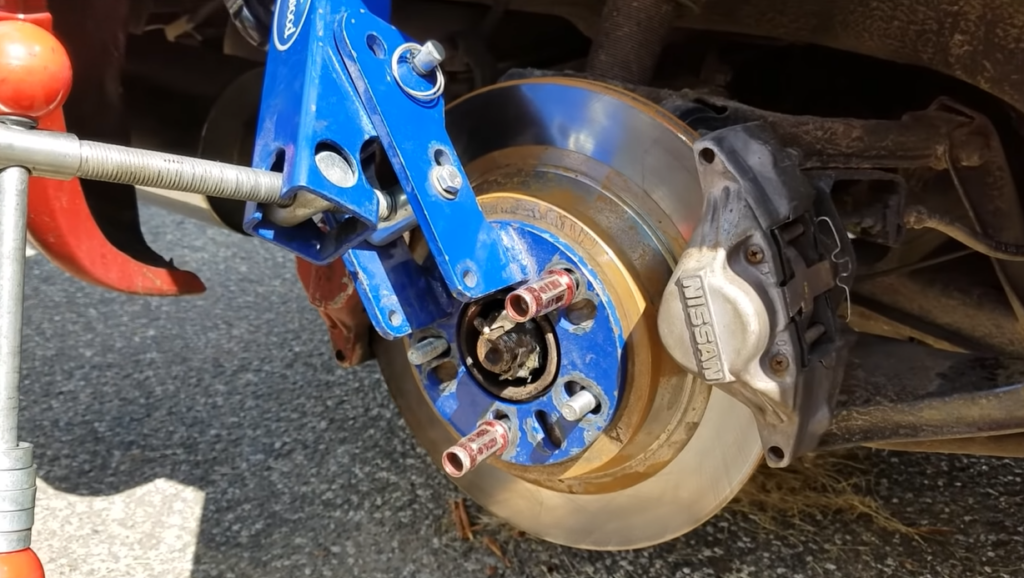
It’s important to research and understand the proper technique to avoid damaging the fenders or the paint. However, keep in mind that fender rolling can be a challenging task, especially if you lack experience. It requires precision and patience to achieve the desired results.
If you’re unsure or uncomfortable performing the task yourself, it’s recommended to seek the assistance of a professional fender rolling service to ensure a successful outcome.
What Tool is Used to Roll Fenders?
The primary tool used to roll fenders is called a fender rolling tool or fender roller. It is specifically designed for this task and helps reshape the inner lip of the fender. The fender roller typically consists of a main frame with adjustable arms and a rolling wheel.
The arms are positioned inside the wheel well, and the rolling wheel applies pressure against the inner lip as it is rolled back and forth. This gradual process allows the metal to bend and contour to the desired shape without causing damage.
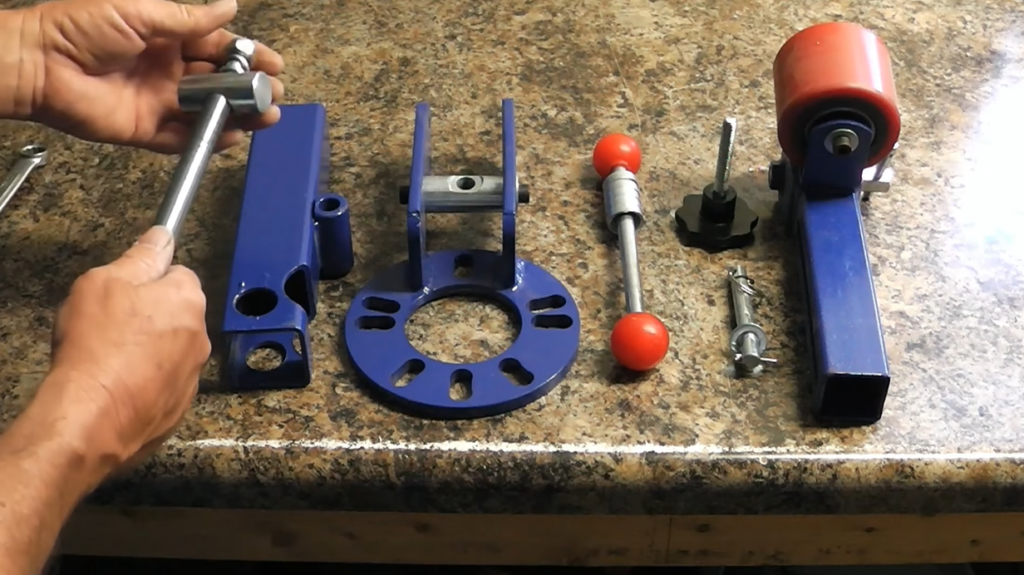
Some fender rolling tools also have a heat gun attachment to soften the paint or plastic materials, making the rolling process easier. It’s crucial to use a proper fender rolling tool to ensure controlled and precise adjustments while minimizing the risk of cracking or damaging the fender.
What Does a Perfectly Rolled Fender Look Like?
A perfectly rolled fender should exhibit several key characteristics. Firstly, the inner lip of the fender should be smoothly and evenly rolled to create a gradual curve or flare. The transition between the rolled portion and the rest of the fender should be seamless and free of any sharp edges or creases.
Additionally, the rolled fender should provide sufficient clearance between the tire and the fender, allowing for proper wheel fitment without any rubbing or interference. The fender’s structural integrity should remain intact, meaning there should be no cracks, splits, or deformations.
Finally, from an aesthetic standpoint, a well-executed fender rolling job should blend harmoniously with the overall design of the vehicle, appearing as a deliberate modification rather than an aftermarket alteration.
What Could Cause Fender Rolling to Go Wrong?
Several factors can lead to fender rolling going wrong. Applying excessive force or pressure during the rolling process can cause the fender to crack, resulting in irreparable damage. Insufficient heat or improper technique may lead to paint chipping or peeling.
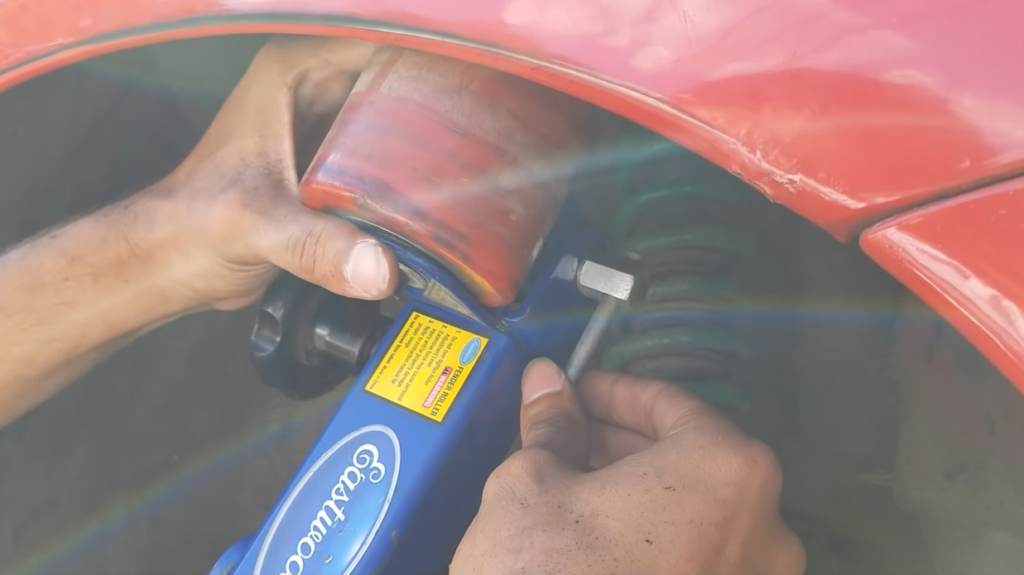
Inadequate attention to detail and precision can result in an uneven or lopsided fender roll, affecting the aesthetics and potentially causing tire rubbing issues. Inexperienced DIY attempts without proper tools or knowledge can also lead to subpar results.
To avoid these issues, it’s crucial to seek professional help or thoroughly research and practice the correct fender rolling techniques.
Conclusion
Whether you choose to roll your fenders professionally or take the DIY route, the cost of fender rolling can vary based on factors such as location, material, the severity of rolling, and additional services. Remember, investing in a quality fender rolling job ensures both a sleek look and optimal performance for your vehicle.

